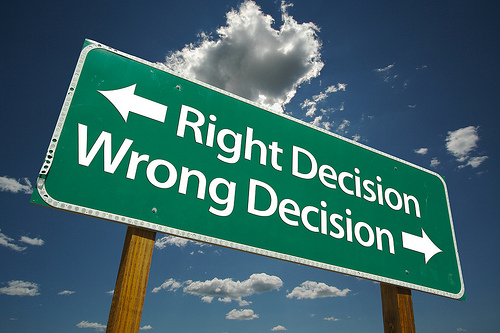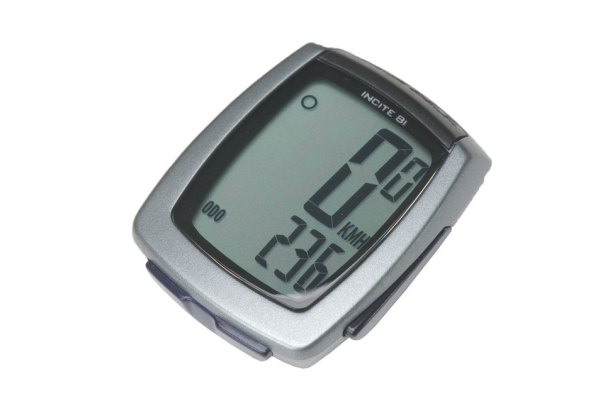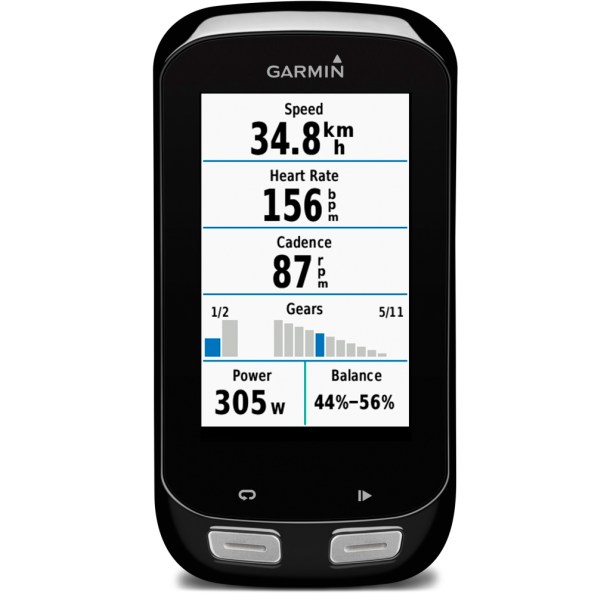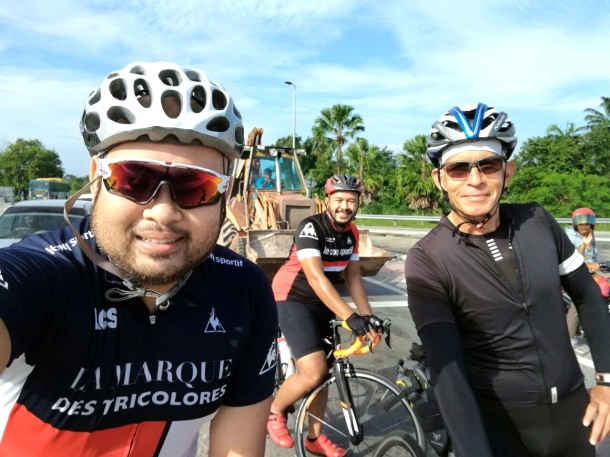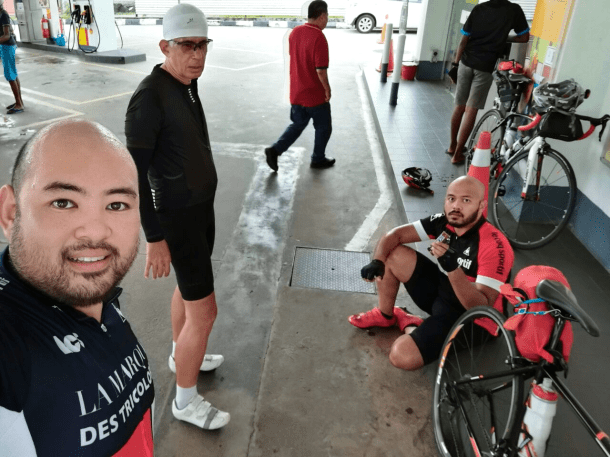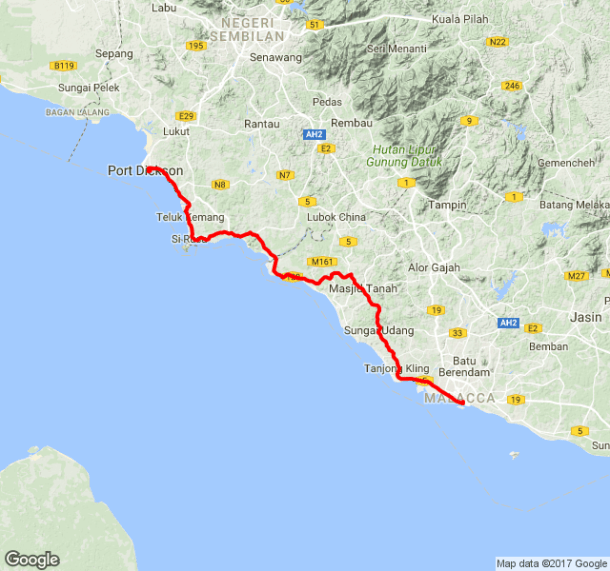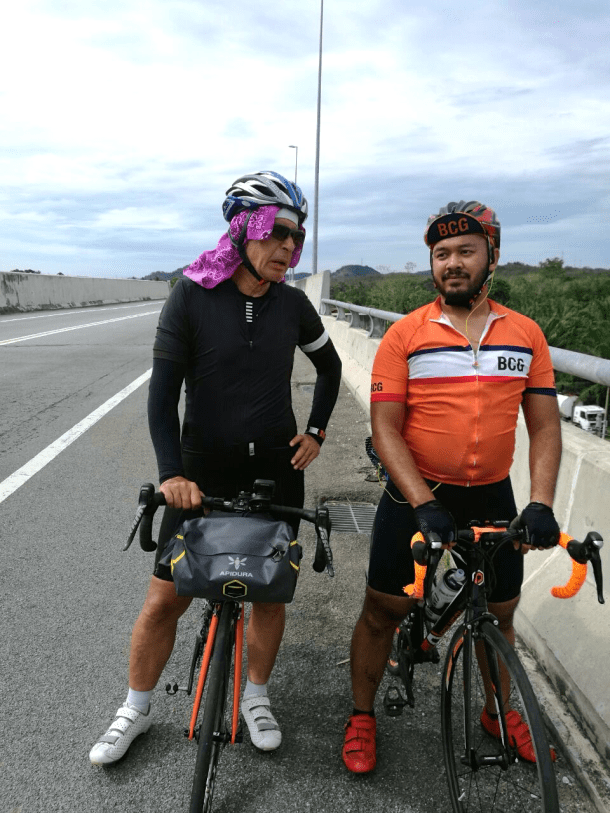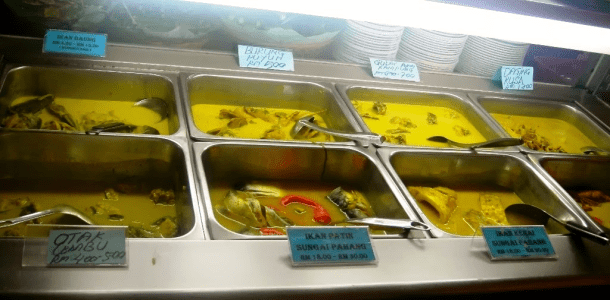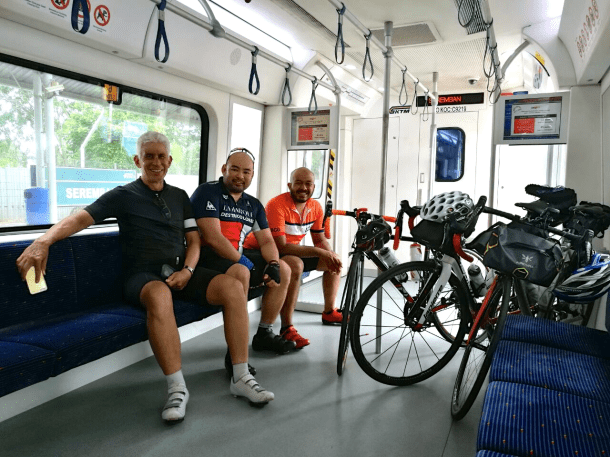
Lately I have been thinking a lot about road accidents involving cyclists. Prompted in part by a 31st January 2017 online survey conducted by the editors of Bicycling, titled How Safe Do You Feel When You Ride?
A few days ago, there was a tragic accident in which eight young cyclists were killed and eight others seriously injured. Since then, the topic of cycling and safety has been all over the Malaysian newspapers.
This accident will probably lead to even more non-cyclists asking me if it is safe to ride a bicycle in Kuala Lumpur specifically, and in Malaysia in general. There is of course inherent risk in any sport. Cycling is no exception, and due care must be taken when heading out onto the streets to ride a bicycle.
Police statistics show that cyclists make up 3% of road accident fatalities in Malaysia. Interestingly, in Malaysia one is more likely to be killed while riding a motorcycle than while riding a bicycle. By a margin of 20 : 1.

Pie chart courtesy of Polis DiRaja Malaysia
3% looks like small number, but in human terms it means that some 200 cyclists are killed in accidents on Malaysian roads every year. That is 200 too many.
Newspaper reports of cyclists killed in an accident with a motor vehicle make for very sad reading. All too often accompanied by outrage and anger at the revelation that, once again, the cyclist was the victim of a hit and run driver. The driver flees the scene of the accident, thereby attempting to evade being identified and held responsible.
I cannot find statistics on the prevalence of hit and run accidents in Malaysia, but data from other countries is eye-opening. The Chicago Department of Transportation reported that between 2005 and 2010, 25% of all bicycle crashes were hit and runs. “City of Chicago 2012 Bicycle Crash Analysis Summary Report and Recommendations,” www.cityofchigago.org (2012)
Over 900 cyclists were injured or killed as a result of hit and run collisions in London in 2015. Nigel Wynn, “Over 900 cyclists injured in hit-and-run incidents in London last year,” www.cyclingweekly.co.uk, (November 23, 2016)
Hit and run accidents appear to be a growing problem. It turns out that there has not been much research on the psychology of a hit and run motorist. It may be tough to research because many hit and run drivers are never caught. So, any conclusions can only be partial ones, based on the few who were caught or those who turned themselves in.
Unsurprisingly, a lot of the people who decided not to stay and face the consequences of their actions are those who wanted to avoid interacting with the authorities, at any cost. They may, for example, have been driving under the influence of alcohol or drugs, or were uninsured, or did not have a valid driver’s licence, or had previous driving offences, or were people in leadership positions or celebrities and therefore were averse to the potential publicity. Meredith Cohn. “Hit-and-run drivers not uncommon, but not well understood,” www.baltimoresun.com, (February 6, 2015)
A comprehensive paper on the topic of hit and run drivers was written by Ludo Kluppels, a traffic psychologist in the Public Affairs, Innovation and Regulatory department of the Belgian Road Safety Institute.

Logo courtesy of the Belgian Road Safety Institute
Kluppels reports that in the vast majority of cases studied, a flood of emotions, including fear, shame and guilt best describes the moment and the first seconds after the impact. Guilt is a very nasty feeling; especially when the consequences of the act are enormous. A strong feeling of guilt can lead to denial, or to blaming the victim (“what was he doing here at this time of day!”; “It’s not my fault, there was nothing I could have done”).
In general, most people have enough self-control to handle these emotions and to act in a responsible way.

In some cases, however, the flood of emotions overwhelm the self-control capacities. The ‘flight or fight’ instinct kicks in. The thinking part of the brain (frontal cortex) shuts off and leaves only two alternatives: ‘run away – flight’, or ‘attack the threat – fight’! In such a state of mind running is probably the best reaction, and the driver flees the scene.
McLeod, et al report that in that split-second decision, one of the crucial issues is the perceived probability to get away with it. That is why more hit and run accidents take place at night where the lighting is poor, or on more deserted roads where no one else is around. All these conditions strengthen the idea that nobody has seen what has happened, and that nobody could identify the driver.
Kluppels further states that once the decision to flee the scene of the accident has been made (based on fear of punishment, blame, or on the basis of denial of guilt), it is not very easy to undo this decision. Further reasoning and actions have the tendency to justify the previous one. Even when emotions cool down, the human mind always tries to gain some justification for itself.
A worrying part of Kluppels’ findings have to do with drivers who lack moral judgment. There is a small group of offenders for whom it is not the fear or the overwhelming flood of mixed emotions that leads to an inappropriate decision, but rather a lack of emotion and the human capacity to take responsibility, and to care about others. Almost every offender in this small group tries to justify his decision with arguments that do not demonstrate high ethical insights.
Kluppels divides the real ‘rational’ hit and runners into two types: the ‘gambler’ and the ‘asshole’.

The gambler is someone who likes to take risks. He is self-confident and energetic and enjoys playing with the limits. He feels in control and thinks he can reach the sky. To flee from an accident is a challenge for him (“how high is the risk of being caught?”). He is challenging fate. He doesn’t care about what other people say or whatever the consequences may be.

The asshole is a more rational person who simply doesn’t care about other people. He is selfish and has his own rules. He is convinced that accidents are the fault of the victims, who are too stupid to properly react to his driving style. Leaving the scene is a better idea than being unfairly punished. He lacks empathy with others and is only interested in what affects himself.
Where the first one, in general, loses his gambling behaviour and his light-hearted way of life the moment he becomes a parent, there is not much hope that the asshole will change his egocentric lifestyle, whatever he experiences. Ludo Kluppels. “Beyond shame and guilt: What’s inside a hit and run accident,” Belgian Road Safety Institute, http://traffic-psychology-international.eu/, (January 2016)

Photograph courtesy of Paul Squire, Riverhead News-Review
Whatever the reason, motorists who leave the scene of a crash have chosen to prioritize only themselves and what consequences may happen to them. They have chosen not to render aid to the victim which could save the victim’s life or diminish the impact of their injuries. This is senseless and immoral.
So can we prevent hit and run accidents?

Given the multiple and poorly-understood motivations behind the hit and run phenomenon, a specific strategy to prevent hit and run offences is not possible. There must be a focus on the issues that lie behind the motivations to flee.
An obvious place to start is to review the penalty for leaving the scene of an accident. In some places the penalty for driving without a licence, or driving under the influence, (both very common in hit and run incidents), are harsher than the penalty for leaving the scene of an accident. Thereby perversely incentivizing someone who is unlicensed, or drinking and driving, to flee the scene of an accident.
On the other hand, we shouldn’t be too optimistic about the deterrence effect of high sanctions. There are many crimes for which the penalty is severe, but the severity of the sanction has a very small impact on the prevalence of offences.
To me, a significant contributor to hit and run accidents, and to many other antisocial acts, is a breakdown in moral codes, citizenship and caring about others. The stronger our morals, the easier it is to overrule our emotions and to take responsibility.
Unfortunately there is no quick fix for a lack of moral judgment that leads to the inability to discern right from wrong. Education that emphasizes moral codes, citizenship and caring about others seems to be the only long-term solution.
